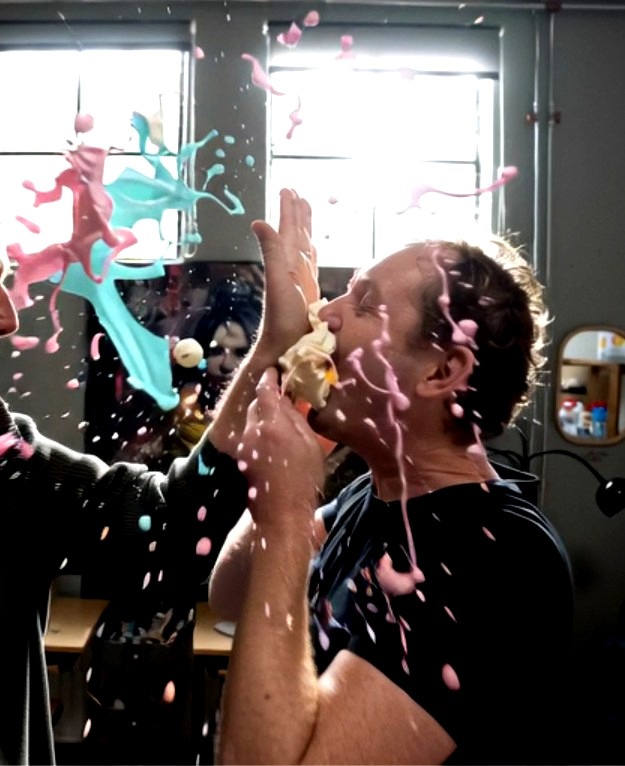Jasper van den Oever
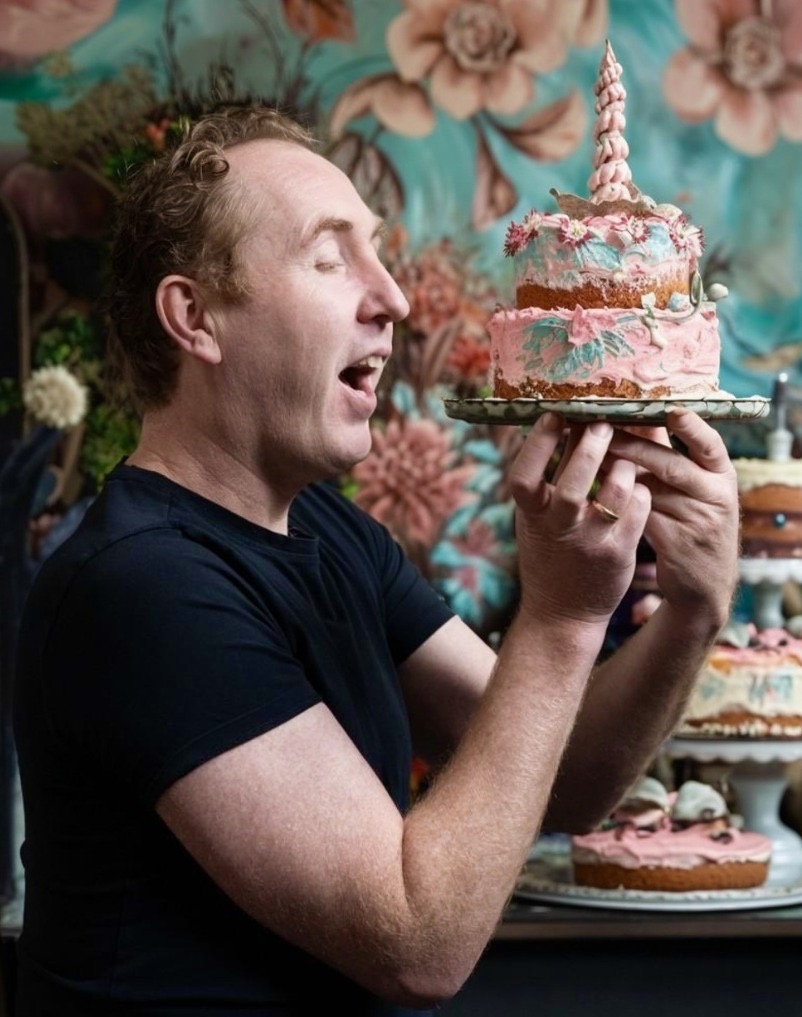
Jasper’s mixed media artworks examine the discovery of his own voice, a passage into the depth of figurative, abstract and collage along, with scribbles and graffiti, it is both modern and mythical. During our conversation, he explains the explorations of not thinking as he paints, listening to music and tapping into his self. There are synonyms in his reflection of city life and celebrity culture. As an artist who initially rejected his desire to follow his love of art, with all the practical assurances of having a normal job, conveyed to him by his father. He turned to study marketing and had a career in finance. His artworks only confirm his journey and his determination to live in the moment, his paintings’ configurations of what appears as the layering and ambiguities of society. The nuances of ordinary, capitalism, popular culture, and the subtext of relationships and sexualisation. Yet his work delves into the hidden depths of how I would visualise the conscience and unconscious at odds with each other, or the scenarios of trying to understand our dreams, the quandary of analysis in pictures. Jasper’s story as an artist, who took up the paint brush full time in 2019, and ended his permanent job, so he could feel the freedom to choose how to be in the moment and to control his own life. Whether it was spending more time with his children and doing something his heart desired. His paintings epitomise the social structures of our society and the role we all play in the subversive ideology, and how we accept it.
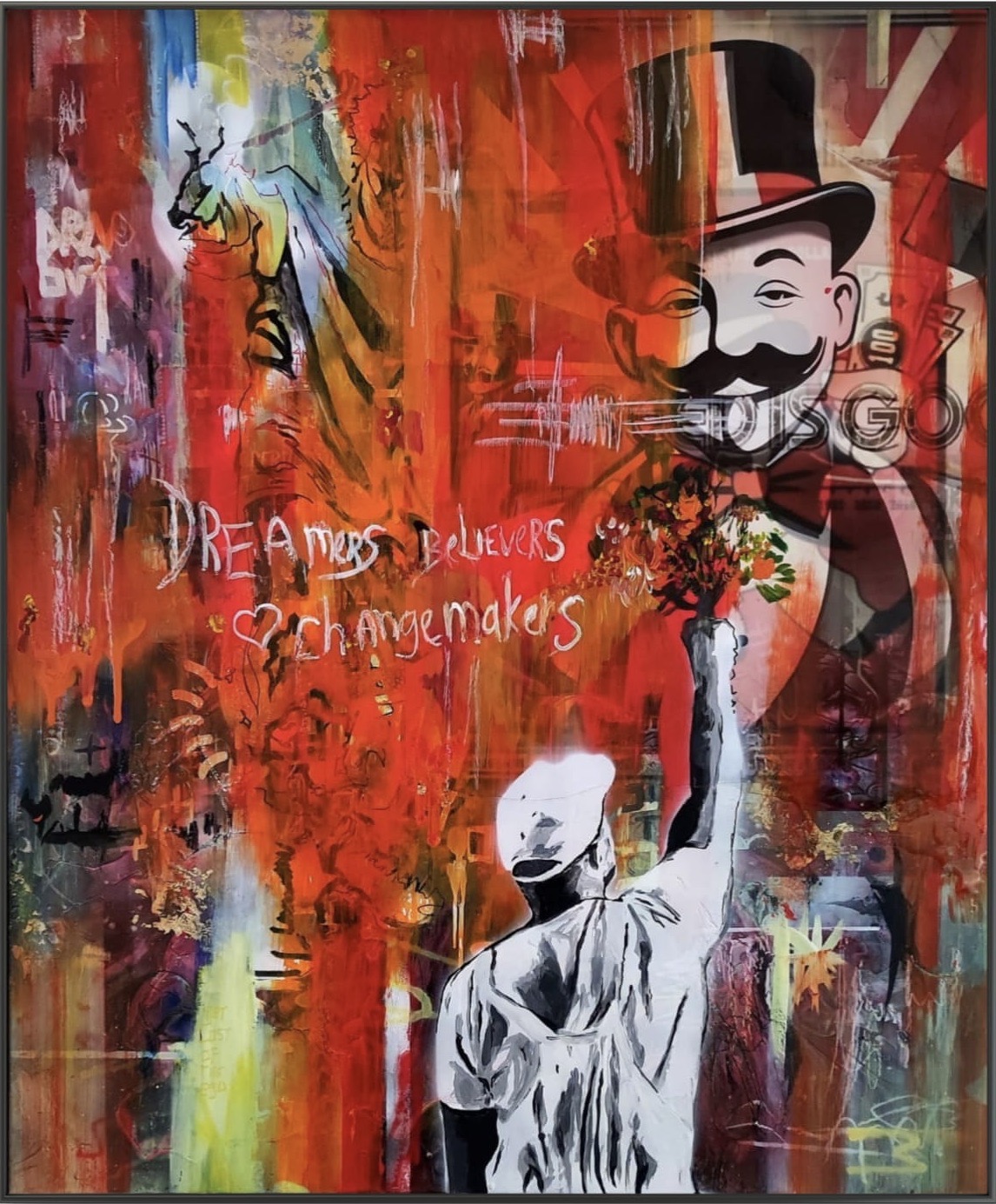
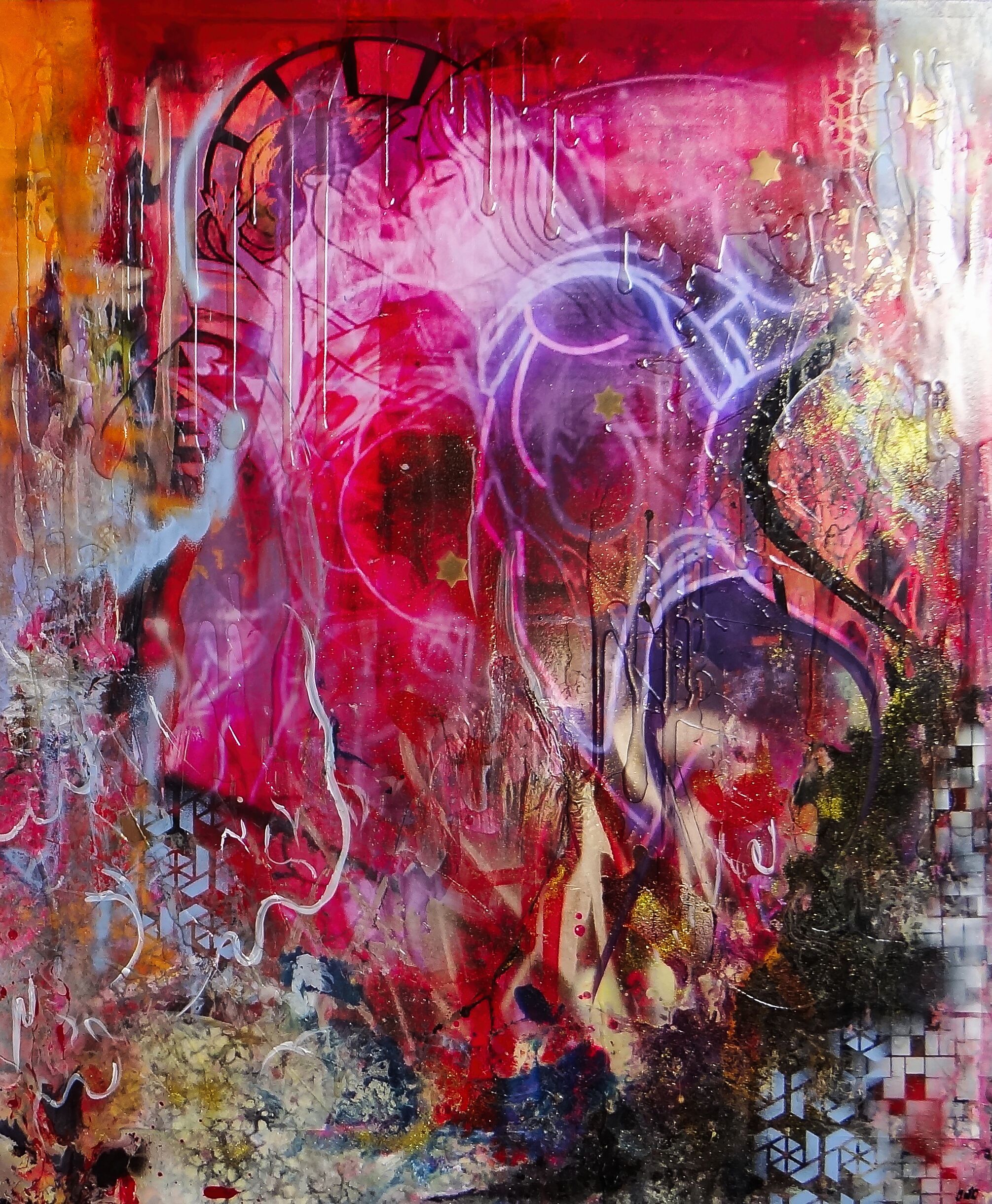

It is Jasper’s own experience in the fast-paced world in Rotterdam, having worked his way up in the business world. Growing up in the 90’s. Jasper tells me about a comfortable, lovely family. He describes partying a lot “I was more of the lazy student,” although he had to have money to party and to live, he explains. He worked at the legendary dairy company Campina, doing factory work, and the director acknowledged Jasper’s work ethic and attitude, recognising his happy and positive demeanour, offering him a job in the office in customer service, because of his marketing and service training, Jasper accepted. However, the contract ended up being in the financial department. “I was very happy, it was a boost in my career,” as he describes the large famous company, it was a good step up the ladder. “But, yeah, it was not my passion,” Jasper confirms. However, during a casual tennis match, he was offered work that drew him further into the corporate world. When I asked Jasper when things changed, “For me, the moment was that at first it was a steep curve in my career that went well, from working in the milk factory, to a team led management team,” he explains. “And then I thought, there’s a kind of glass ceiling, and now people are not that easy going anymore,” he emphasises. The revelation to Jasper that they believed more in money, and so it was not so easy going on Jasper explains. He describes having to defend himself about leaving early to go home to take care of his children, who were in kindergarten and “I didn’t want to make apologies, I thought this is not the way I think life has to be”. He describes the early morning traffic jams to bring the children to nursery and then to be late for work. “I thought this could not be, natural, so I thought what my father had always said, if you think you can do it better than do it yourself”. He continues, “Right, I thought, okay? Then I will do it myself”.
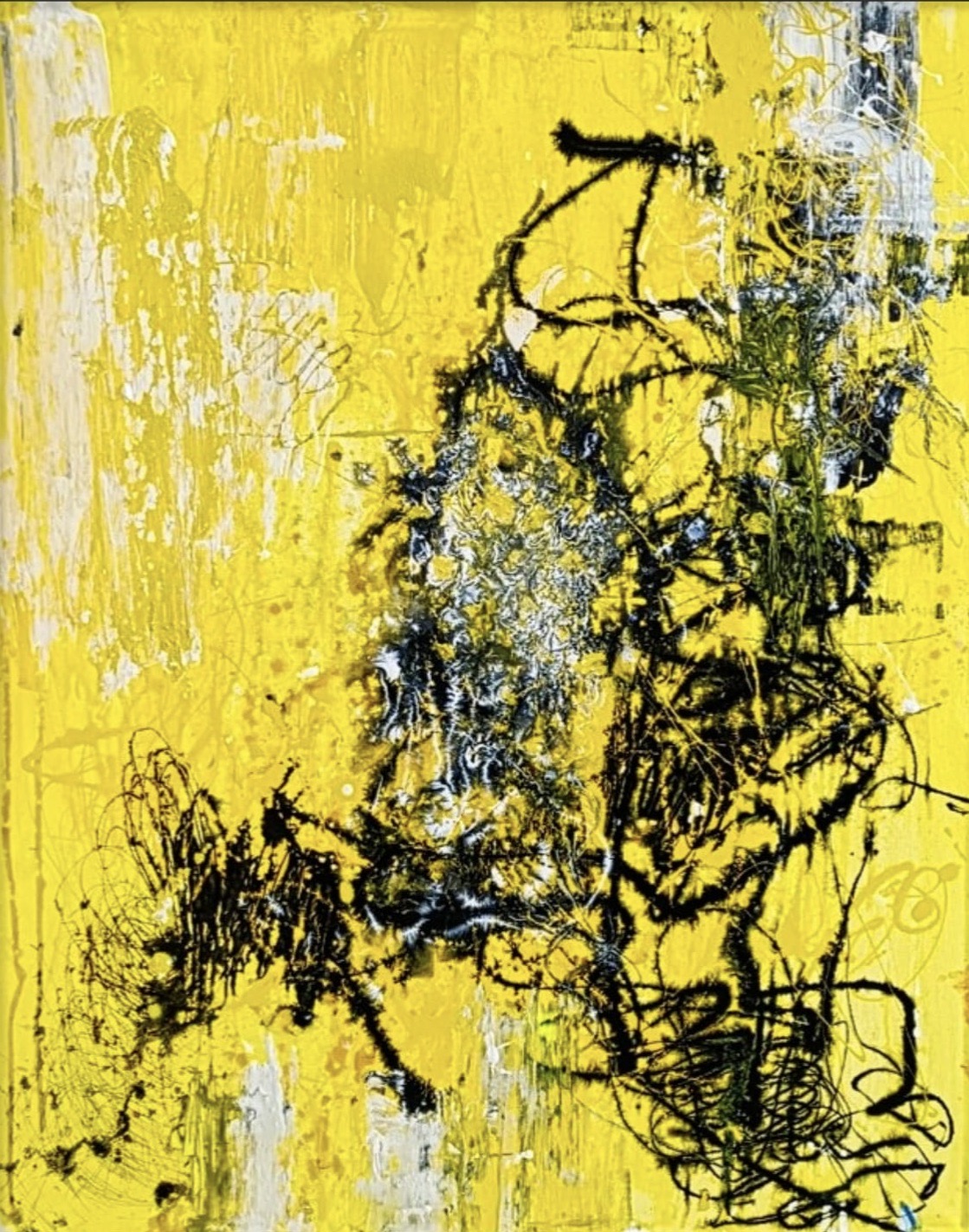
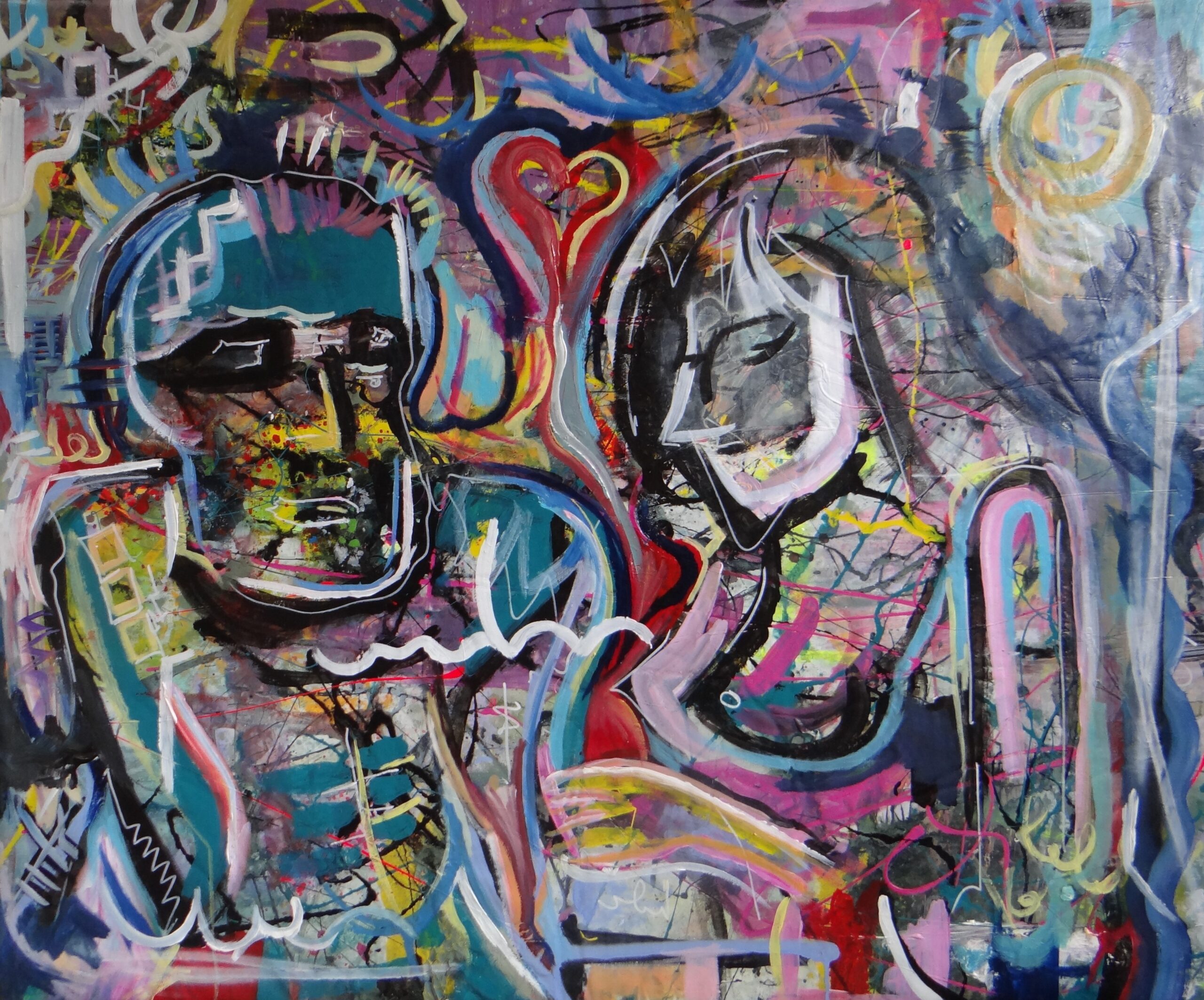
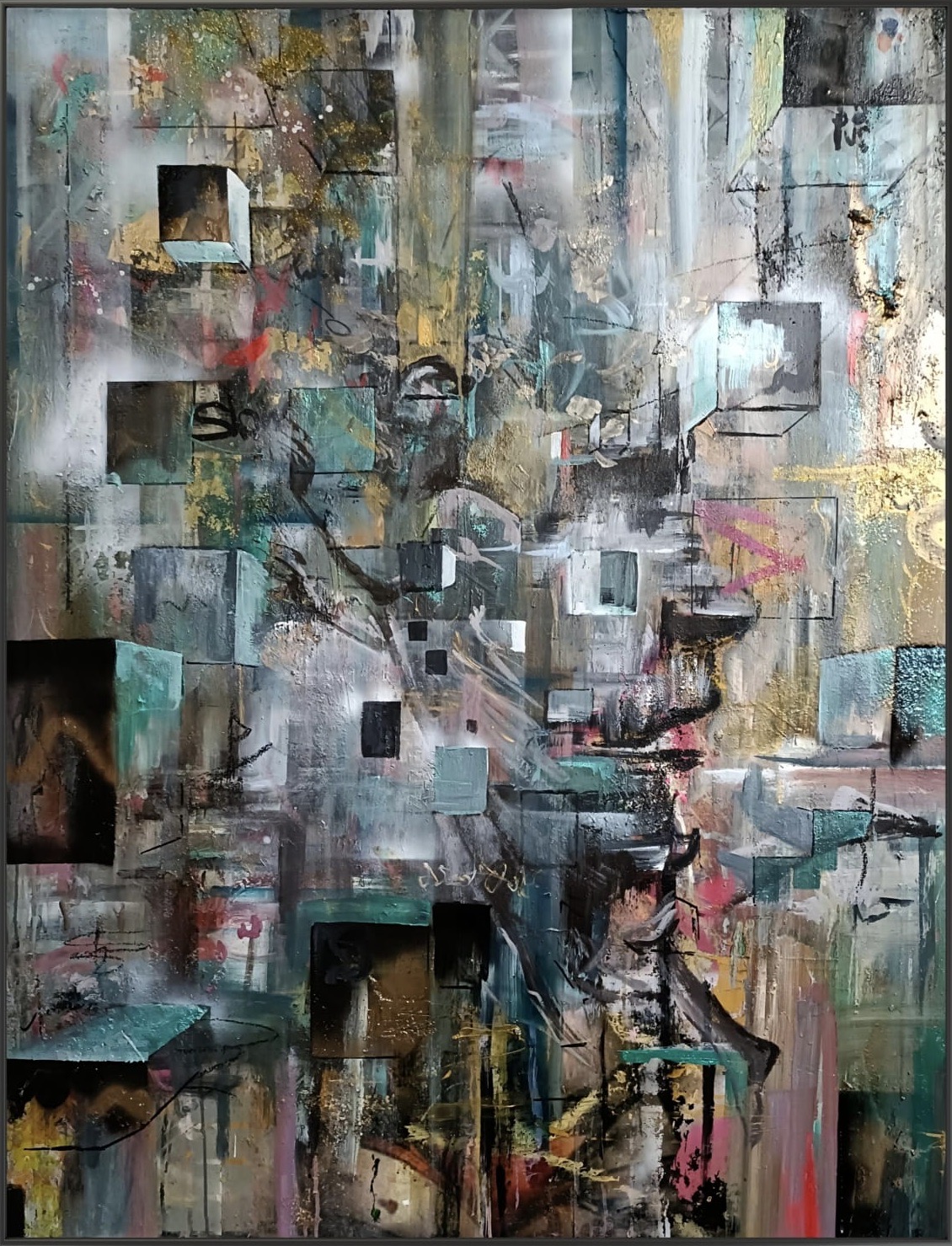
Jasper describes how his father’s blessing and confirmation came, when expressing acceptance of his son’s desire for the freedom to fulfil his lifelong desire to be an artist, Jasper recalls his father’s words: “He said to me, Jasper, I think, I see, you do this, you are a free mind to free soul. Your mother is always painting, but she never felt the urge in her paintings, what I feel in your paintings, and you’ve done it all your life.” Jasper continues to describe and emphasise the moment, and then explains the most poignant part, “That he said it’s okay, he kind of gave his blessing.” But then five days later, his father had a brain haemorrhage and passed away within a few hours, it was unexpected, but he was comforted by his father’s last words, “I don’t believe in coincidences, to me it was just quite confirmation that I was on the right path,” Jasper explains.
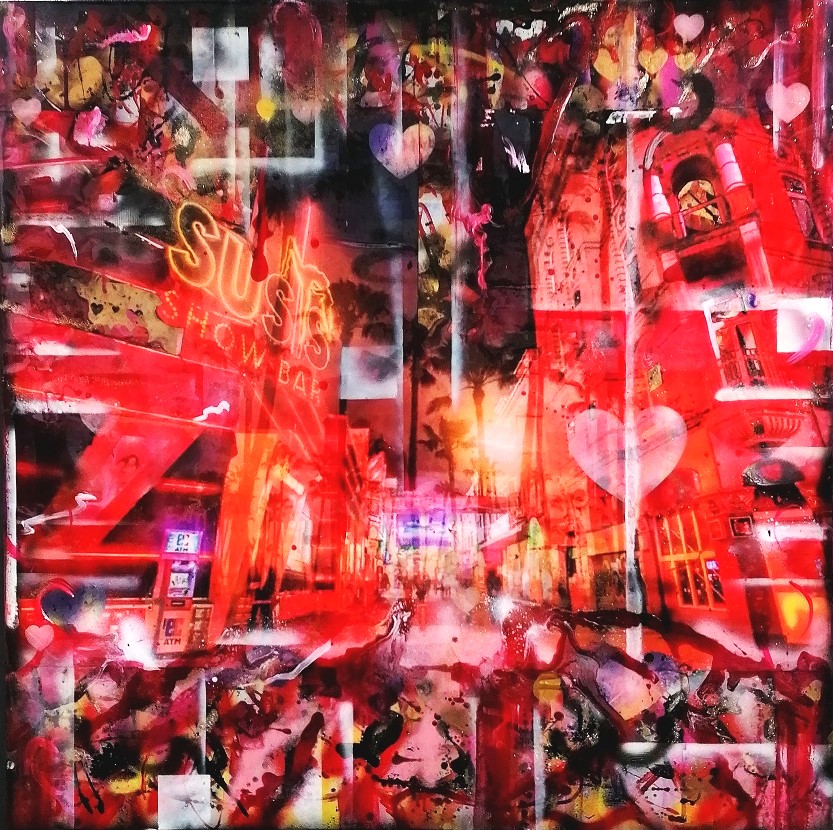
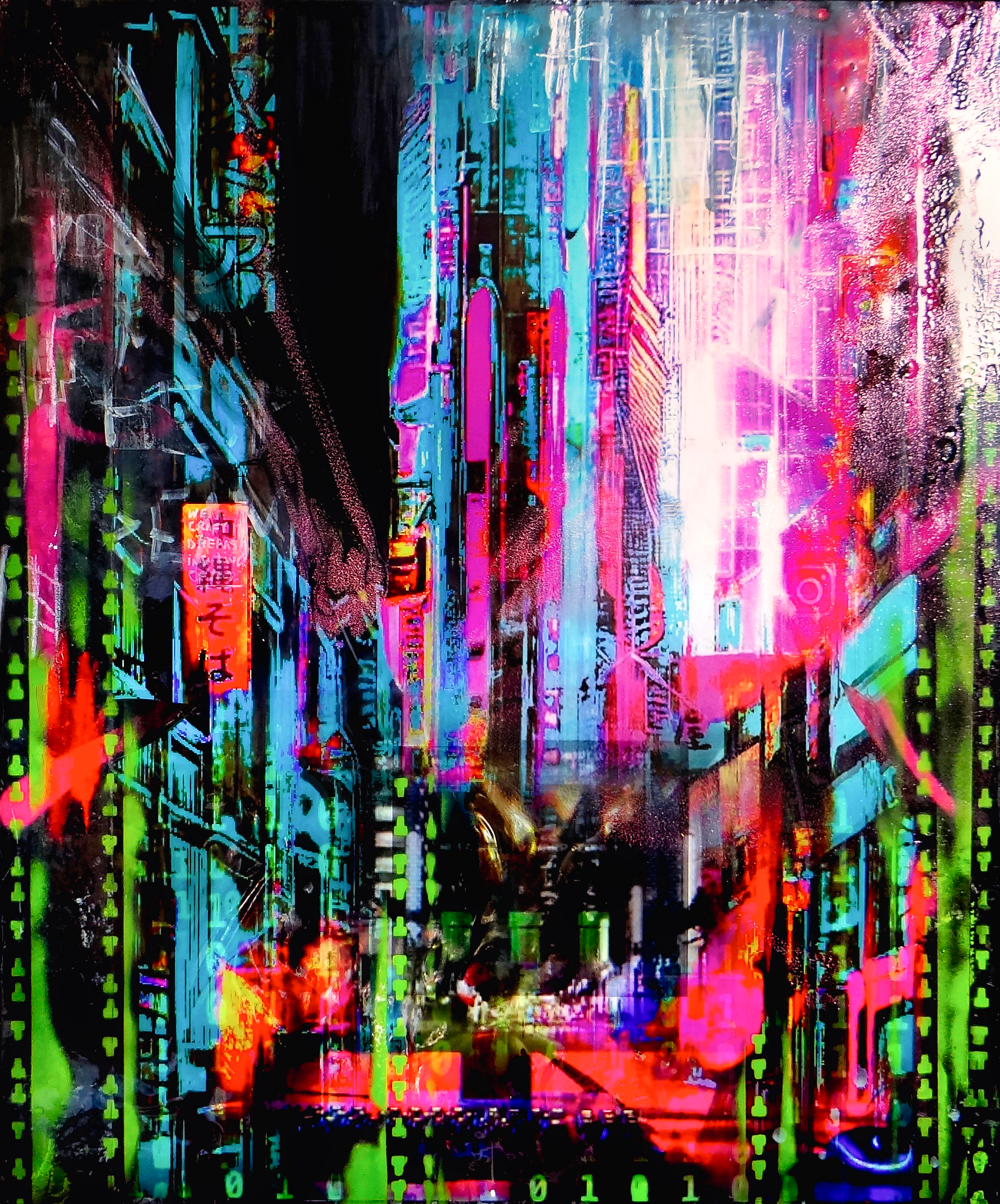
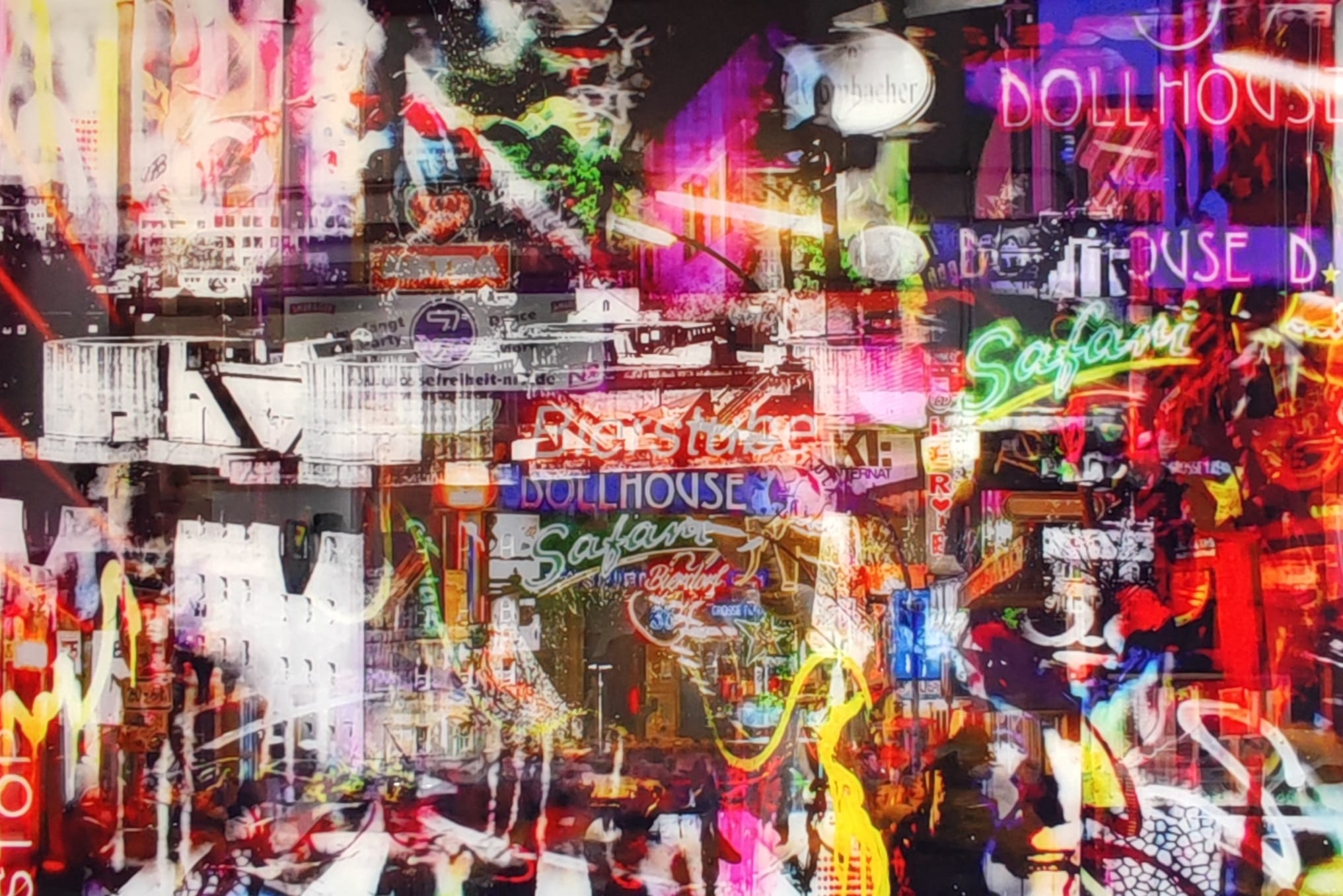
We talk about Jaspers style and the stages of his artwork, he explains his paintings of artists and how his work evolved ” It’s in my head this kind of battle, “Life is not only a feeling and the subconscious”, he explains the importance to him is to experiment with abstract, figurative and working with computers “which is for me more the ego on my mind, and then I end up with getting it together, combine it, and it’s the kind of all inclusive feeling about how everything is connected” Jasper explains. How he starts from pure expression in more of a raw and instinctive way, and then the figurative elements emerge, representing intellect and structure, and the need to understand that little bit. And then the final layers, the emotional layer, where the pieces click into place and begin to resonate. When I asked how he would say his upbringing impacted his art, Jasper explains living in the Netherlands and how some people are superficial, and he learnt to stand still sometimes and really listen to what some person might be saying,”sometimes then you see that that the person they are emotional or something, that I thought, yeah, there was less space for that.” Then we discuss what or who inspires his art, and we talk about inspirational artists, “I like a fearless, visual language like Basquiat or Pollock as well. It’s for me, not about it’s about following a style and more about aligning with a certain energy. His favourite artists additionally also include Andy Warhol, “I think, because it started when I saw first time, the world. I find I only don’t know how to say what I like about it, because it’s also quite easy, but maybe because of the colours they used” and then he tells about why he enjoys Edward Hopper’s observations of people.

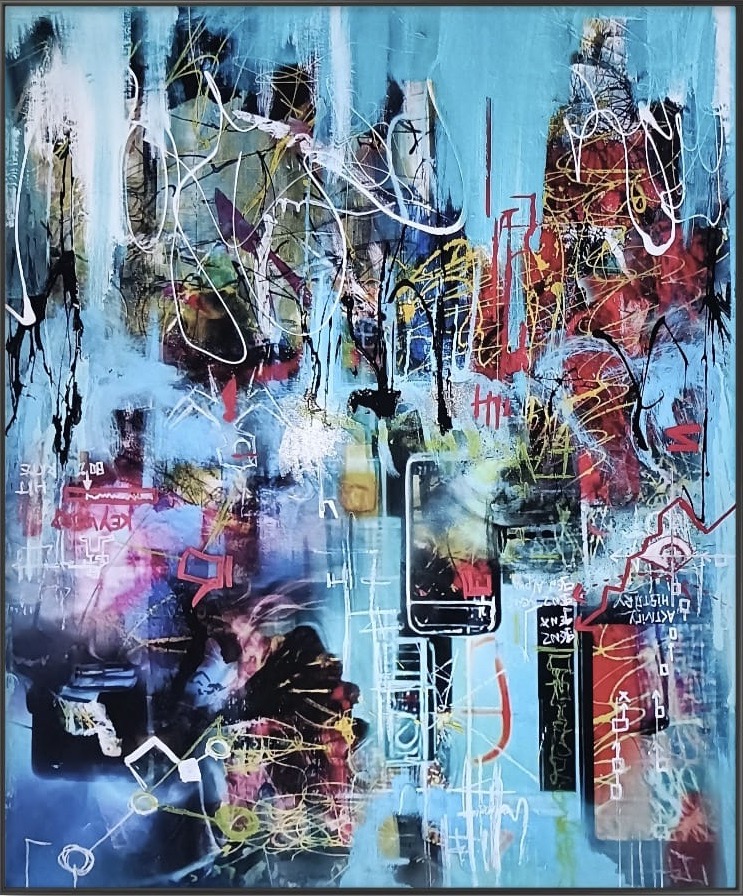

I ask what he is currently working on, enthusiastically, Jasper tells me about the cubes in his art and his new artwork to be included in the Kunstkubus Museum-House in Rotterdam. An extraordinary piece of architecture and clearly something for the bucket list, with 55,000 visitors per year, all the rooms decorated by artists in a space where architecture and art come together, featuring the work of various local artists. Jasper pitched his work, and he demonstrated his design to me with a model. “I made it, but I will do some mirrors in the room so that, when I paint on the floor, it looks like it’s 90 degrees.” Jasper demonstrates as he holds up his model. “To me, cubes feel unshakable like the rigid frameworks we believe we cannot change, structures the unconscious mind accepts as fixed realities” he explains, as he plans a giant artwork that fills the walls of the museum. He expands his theory of the cube and what it is stands for, how people are sometimes captured by ego and the way they watch the world. “So I wanted to do this kind of cubical items in my painting,” Jasper emphasises. Interestingly, as I searched the internet to look at correlations I found a popular psychology test, where a person is asked to visualise a cube and how it is interpreted as a reflection of their ego. This connection between Jasper’s interpretation into his exploration into the subconscious, as he describes symbolising the dialogue between free and structured earthly life in his art, combined with his entrepreneurial abilities, Jasper is an artist to watch.
Interview: Antoinette Haselhorst
